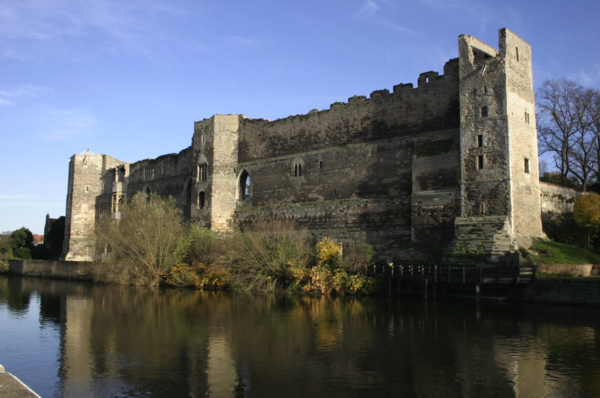The Sieges of Newark
Newark is a market town located in Nottinghamshire. Newark endured a torrid civil war. It was besieged three times: in 1643, 1644, and from 1645-1646. Newark was targeted by both sides because it was of strategic importance. Newark had two strategically significant roads: the Great North Way and Fosse Way. The Royalists needed to control Newark because was a strategic connecting point for their headquarters in Oxford with Royalist strongholds in the northeast of England. At the start of the English Civil War, Charles had raised his standard in the nearby city of Nottingham.
Newark suffered its first short siege from 27-28 February 1643. Its second siege was longer, lasting from 29 February to 21 March 1644. The third siege was the longest, lasting from 26 November 1645 to 8 May 1646.
Newark was sieged by the High Sheriff of Nottinghamshire, Sir John Digby, in late 1642. Disby was helped by a professional Scottish soldier, Sir John Henderson, who he employed as a Knight.

Parliament also recognised Newark as a strategically important city. On 27 February 1643 Major-General Thomas Ballard besieged the town with a force of 6,000. However, his attack quickly fizzled out and Henderson drove away the Parliamentarians.
The second siege of the Civil War commenced in February 1644 after Scottish had entered the war in support of Parliament. Cavendish was dispatched to intercept along with portions of the Royalist garrisons in the Midlands including Newark. The reduction of forces was not lost on Parliament who dispatched Sir John Meldrum to besiege the town with a force of between 6,000 and 7,000 men. The Royalists could muster a force of 5,000 men within the garrison at Newark, On 6 March he tightened the siege by storming the land to the immediate north-west of the town.
On 21 March a Royalist force under Prince Rupert engaged Meldrum's forces. After a nighttime march he attacked Meldrum’s men to the east of Newark at 2am. Meldrum was defeated and surrendered 3,000 muskets, 2 mortars and 11 cannons to the Royalists. Rupert rested his men and then marched west.
Soldiers from the Newark garrison fought at Marston Moor (2 July 1644). The Royalist were defeated, severely denting their power base in the North. This was not good news for Newark. When the Royalists were overwhelming defeat at Naseby (14 June 1645), to the south of Newark, the town was effectively trapped from the North and the South by Parliament.
On 26 November 1645, Scottish and Parliamentarian troops launched a twin attack on Newark. The Scots besieged Newark from the north; Parliamentarian forces besieged from the south. The garrison refused to capitulate and aggressively defended the town. During the harsh winter, the Scots built up siege works which were manned by 16,000 men. They also tried to dam the River Deven to starve the town’s grain mills power. Despite this sustained attack, Newark held out. Townspeople who survived later recounted that they were forced to eat horses and dogs because food was so scarce. The town was blighted by the plague. The town only surrendered at the order of Charles, who was forced to order the surrender as part of the conditions for his own surrender. The town finally surrendered on 8 May 1646.
See also: The Battle of Naseby
MLA Citation/Reference
"The Sieges of Newark". HistoryLearning.com. 2024. Web.
